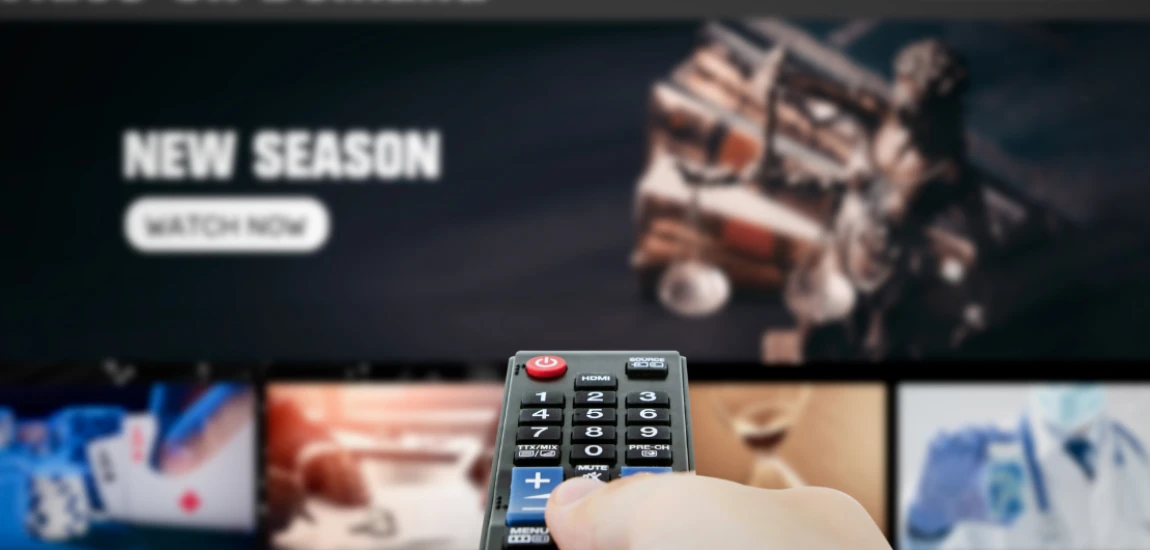The Death of Cable TV: Are We Better Off with Streaming?

For decades, cable TV was the gold standard of home entertainment. Families gathered around their television sets to watch live shows, sports, and news broadcasts, flipping through hundreds of channels with the click of a remote. But in the past ten years, streaming platforms like Netflix, Hulu, Disney+, and HBO Max have rapidly taken center stage, forcing many to cut the cord altogether. With the death of cable TV seemingly inevitable, consumers are asking a crucial question: are we better off with streaming, or have we simply swapped one set of problems for another?
Streaming promises on-demand content, cheaper packages, and the ability to watch anywhere, anytime. However, it also comes with rising subscription costs, fragmented libraries, and hidden frustrations. In this blog, we’ll break down the key factors driving cable TV’s decline, explore the streaming revolution, and weigh whether this shift truly benefits viewers—or if it’s just another version of the same old cycle.
The Fall of Cable TV: Why the Old Model Stopped Working

Cable TV didn’t collapse overnight—it crumbled slowly under the weight of changing technology and consumer expectations. For years, cable providers offered massive channel bundles, but many households found themselves paying for hundreds of channels they never watched. This bloated model became one of the first cracks in the system.
Rising Costs and Hidden Fees
Cable bills ballooned steadily over the years, with many households paying upwards of $100–$200 per month. On top of the base subscription, cable companies often charged for equipment rentals, HD upgrades, and premium channels, leaving customers feeling trapped in expensive contracts.
Lack of Flexibility
Cable’s rigid structure was another dealbreaker. Viewers had little choice in customizing their packages, and being tied to long-term contracts made it difficult to adjust services. In a world that values flexibility, this outdated model felt increasingly frustrating.
Streaming as a Better Alternative
As soon as Netflix and other early streaming platforms proved that people could pay less for curated, on-demand content, cable’s weaknesses became glaring. Once broadband internet became faster and more reliable, the death of cable TV was no longer a question of “if” but “when.”
The Streaming Revolution: How It Changed the Entertainment Landscape

Streaming didn’t just replace cable—it redefined how people consume content. The rise of platforms like Netflix, Amazon Prime Video, and Disney+ marked a seismic shift in viewing habits.
On-Demand Convenience
One of streaming’s biggest selling points is its accessibility. Instead of waiting for scheduled broadcasts, users can watch what they want, when they want, on any device. This level of convenience was unthinkable in the cable era.
Global Reach and Diverse Content
Streaming platforms opened doors for international shows, independent films, and niche genres that rarely made it to cable networks. Suddenly, Korean dramas, Spanish thrillers, and anime series became household staples around the world.
Binge-Watching Culture
Cable TV encouraged appointment viewing, but streaming introduced binge-watching. Entire seasons dropped at once, changing how people engaged with stories. While this fueled cultural phenomena like Stranger Things or The Crown, it also raised questions about long-term viewer habits and burnout.
The Hidden Costs of Streaming: Are We Really Saving Money?

At first, streaming appeared to be the cheaper, smarter choice. But as more services entered the market, the financial equation shifted.
Subscription Overload
Netflix, Hulu, Disney+, Max, Peacock, and Paramount+—the list seems endless. Each service offers exclusive content, forcing viewers to subscribe to multiple platforms if they want access to everything. When combined, these monthly costs can exceed the average cable bill.
Price Hikes and Tiered Plans
Streaming companies have followed cable’s footsteps by raising prices and introducing premium tiers. Ad-free plans cost significantly more, and some platforms now charge extra for additional users or high-resolution streaming.
The Illusion of Choice
While streaming gives the appearance of freedom, content libraries are fragmented. A favorite show can suddenly disappear due to licensing changes, requiring viewers to jump between services—or worse, subscribe to another one. In the long run, the death of cable TV may not have simplified entertainment costs at all.
The Future of Entertainment: Hybrid Models and Innovation

As cable declines and streaming continues to evolve, the future of entertainment might not be an “either/or” scenario—it may be a blend of both.
Cable Companies Going Digital
Many traditional cable providers now offer their own streaming apps or live TV add-ons, merging the convenience of streaming with their existing infrastructure. This hybrid approach helps retain customers who aren’t ready to cut the cord completely.
The Rise of FAST Channels (Free Ad-Supported TV)
Platforms like Pluto TV and Tubi offer free streaming supported by ads, mimicking cable’s linear model while keeping costs low. These services prove there’s still demand for curated, scheduled programming.
AI and Personalized Recommendations
Future streaming platforms are likely to rely more heavily on artificial intelligence to recommend shows and films tailored to individual preferences. This level of personalization may push streaming even further ahead of cable.
Are We Really Better Off Without Cable?

The big question remains: did the death of cable TV actually improve entertainment for consumers, or have we just traded one flawed system for another?
The Pros of Streaming
Flexibility to watch anytime, anywhere.
Access to global and diverse content.
No long-term contracts or hidden rental fees.
The Cons of Streaming
Subscription fatigue from too many platforms.
Constant price hikes and limited exclusives.
Dependence on internet quality and speed.
Finding Balance as Consumers
The truth is, the best system might be a balanced approach. Some households benefit from mixing streaming with live TV bundles, while others stick to free ad-supported services. Ultimately, the entertainment industry is still in transition, and consumers must navigate an evolving landscape to find what works best for them.




